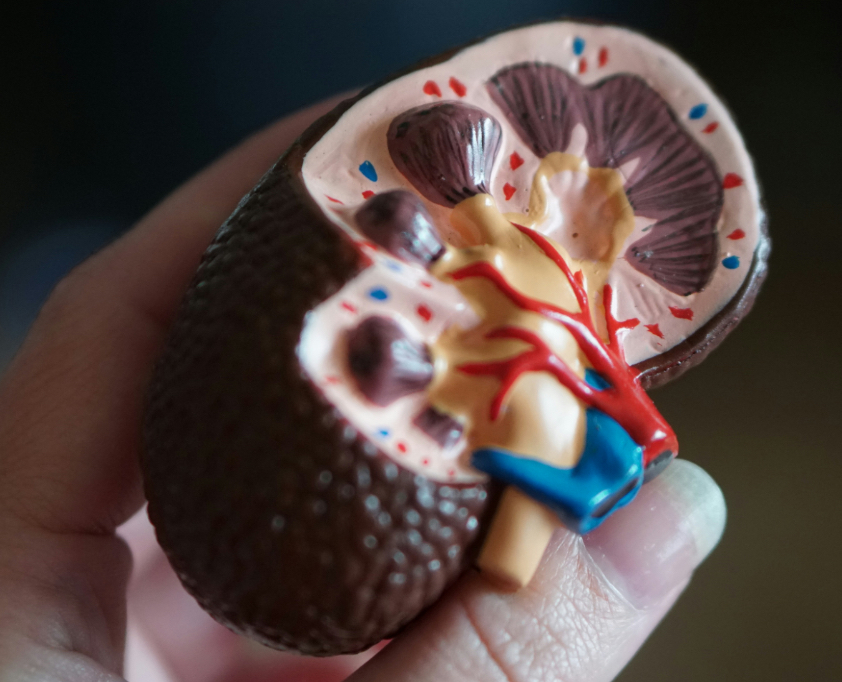Klinefelter syndrome is a genetic condition in males where an extra X chromosome is present, resulting in a chromosome pattern of XXY instead of the typical XY. This condition can lead to various symptoms and health challenges, often not becoming apparent until puberty or adulthood.
What is Klinefelter Syndrome, What are the Types? – Bahçeci
Here’s a more detailed look:
Key Features and Characteristics:
Extra X Chromosome:
The core of Klinefelter syndrome is the presence of an extra X chromosome, leading to the XXY pattern.
Variable Symptoms:
The severity of symptoms can vary greatly, with some individuals experiencing few noticeable effects while others have more pronounced challenges.
Puberty and Adulthood Manifestations:
Many symptoms become more noticeable during puberty and adulthood, including:
Reduced fertility or infertility: Testicular function can be impaired, leading to difficulty in producing sperm.
Taller stature: Individuals with Klinefelter syndrome may be taller than average, with proportionally longer arms and legs.
Reduced muscle mass and strength: Low testosterone levels can affect muscle development.
Gynecomastia (breast tissue development): This is a common feature, with up to 80% of individuals experiencing it.
Less facial and body hair: Testosterone deficiency can also affect hair growth.
Learning and Behavioral Challenges:
Some individuals may experience language-based learning difficulties, social and executive functioning challenges, or increased risk for conditions like ADHD and autism spectrum disorder.
Other Health Concerns:
Klinefelter syndrome can increase the risk of certain health problems like breast cancer, type 2 diabetes, osteoporosis, and anxiety or depression.
Causes and Diagnosis:
Random Error:
The extra X chromosome is usually due to a random error during the formation of sperm or egg cells.
No Inheritance:
Klinefelter syndrome is not inherited from parents; it’s a spontaneous genetic variation.
Diagnosis:
Diagnosis typically involves a blood test to check for hormonal imbalances and a chromosome analysis (karyotype) to confirm the XXY pattern.
Klinefelter syndrome
Klinefelter syndrome is a genetic condition in males where an extra X chromosome is present, resulting in a chromosome pattern of XXY instead of the typical XY. This condition can lead to various symptoms and health challenges, often not becoming apparent until puberty or adulthood.What is Klinefelter Syndrome, What are the Types? – BahçeciHere’s a…


Leave a Reply